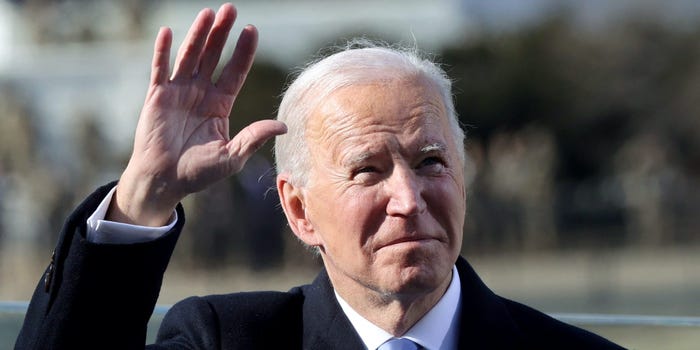Biden’s $1.9 Trillion Stimulus Plan: What Does It Entail?
January 29, 2021
As our 46th President of the United States, Joe Biden, settles into office, one of his first orders of business is a new $1.9 trillion coronavirus relief package. This stimulus plan called the “American Rescue Plan” is set to include $1,400 direct payments to all Americans. An extension of emergency unemployment insurance programs through the end of September — which are set to expire in mid-March — while delivering a $400 per week unemployment insurance supplement to workers that were hit the hardest, which would be raised from the previous $300 per week will also be included in this package. Along with these, this package would compose of $170 billion to go towards schools, of which $130 billion would go towards reopening, while the other $40 billion would go to colleges to help with the transition to distanced learning and other problems that may have arisen due to the coronavirus.
$160 billion of this plan would go towards funding a national vaccination program, making testing more expansive and other measures deemed necessary for combatting the virus. $20 billion of this $160 billion would be slotted to assist a national vaccination program which would ensure that regardless of immigration status, everyone could receive the shot for free. The next $50 billion would go towards testing improvement and $40 billion more would fund supplies and personal protective equipment. Biden plans to expand paid leave to 14 weeks for all workers, whether this is sick leave, family or medical.
One of the most heavily highlighted points of the “American Rescue Plan” is a proposal for the federal minimum wage to be raised to $15 an hour. With this comes pros and cons. Raising the federal minimum wage would in general, increase the standard of living for minimum wage workers. This will lift millions of Americans out of poverty while helping average incomes keep pace with the ever increasing price of living. In turn, an increase in the federal minimum wage could reduce employment levels, which would set back and greatly slow down economic recovery. According to the 2019 CBO, a minimum wage increase to $15 an hour would outturn a loss of an estimated 1.3 million jobs. Another consequence of this would be business prices increasing, then prompting inflation. An increase in business prices would neutralize nearly any edge workers gained from having more cash in their pockets.
In the “American Rescue Plan,” the size of tax credits would be temporarily increased for a larger number of families and they would be made refundable, this way people would get cash regardless of the fact that they don’t earn enough to owe income taxes. Families with children up to age 13 can collect up to $4,000 for one child or up to $8,000 for two or more children. A family making less than $125,000 a year would qualify for full credit, while families making under $400,000 would qualify for partial credit under the expanded child care tax credit.
Lastly, Biden would help communities apart from the funds given to school by providing $440 billion dollars for this cause. This would include grant and loan programs and $350 billion in state, local and territorial government emergency funds. Biden’s direct payments to Americans alone are set to increase GDP by 0.7%, but alongside other measures in this plan, GDP could grow by up to 1.5%. As the “American Rescue Plan” works its way through congress, it is expected to lose some steam and be trimmed down closer to $1 trillion or $1.5 trillion, helping the economy and the American people recover from the coronavirus.
